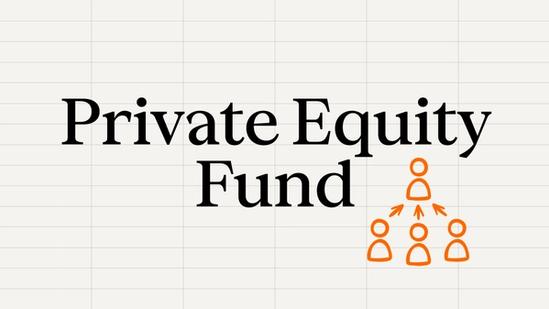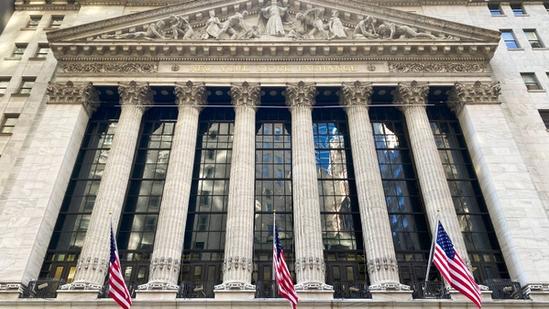The Sliding Scale of Real Estate Investment


Investing in real estate offers the potential for stable income and long-term capital growth, and there are several ways to invest.
- Real estate investing is looking increasingly attractive as interest rates fall again
Legendary investor, Warren Buffett, once said diversification makes little sense if you know what you’re doing. Yet many risk-averse investors would disagree about the merits of putting your eggs in one basket and real estate has long been seen as a useful tool for diversifying your portfolio – and with speculation that interest rates may yet fall, some expect investment activity to rise.
Real estate investment is a broad church, ranging from individual homeowners and landlords to large institutional trusts and funds and, increasingly, high-net-worth individuals.
The attraction is understandable. Real estate is a tangible asset, potentially providing investors a steady stream of income through rent, as well as the potential for long-term capital growth while the investment keeps pace with inflation as rent and the value of the property rise over time. Average annual returns in private real estate were 6 percent to 8% a year in the 10 years to 2023, according to global real estate investor JLL.
As with any investment, there are risks to consider with real estate. Yet as part of a diversified portfolio, it can offer opportunities to grow capital over the long term and generate a stable income stream.

Real estate offerings
There are several types of real estate spanning the residential and commercial sectors, which include properties used for offices, retail, industrial, and hospitality businesses.
Individuals can invest in real estate through a number of ways, including:
- Direct investment. Buying individual, residential, or commercial properties or buildings. This involves a substantial outlay upfront, with returns made through rent and a rise in the property’s value over the long term.
- Real Estate Investment Trusts (REITs). These are listed companies that invest in real estate. Investors buy shares in the company, making money through dividends and growth in the share price.
- Private equity funds. Funds pool investors’ money to invest in real estate. Returns are made through rent, capital growth, and investment to add value.
Due to the high cost of purchasing property, many individual investors choose to invest through a private or public fund. This reduces the initial cost and provides a way to invest in multiple properties across different cities or countries, reducing risk.
Unlike investing through the stock market, it will take longer to sell a privately held real estate investment because there is a limited pool of buyers. This should be considered carefully when investing in real estate. Investors should typically expect to hold their investment for at least five years.
Popularity of real estate investing
It is commonly acknowledged that commercial real estate is the third-largest asset class after stocks and bonds for institutional investors (large organizations such as pension funds that invest in a wide range of assets). Institutional investors allocate 10.8 percent of their investment portfolios to real estate on average.
Investing in real estate has been more measured over the past few years amid rising global interest rates. Higher rates have both increased the cost of debt and the appeal of assets such as bonds that are paying higher yields.
However, with interest rates now beginning to fall, analysts expect there to be a “significant rise” in real estate investment demand over the next year. The latest annual Knight Frank Wealth report says private investors and funds remain active as private capital is typically less reliant on debt than other investors so less affected by higher interest rates.
Almost a fifth of ultra-high-net-worth individuals plan to invest in commercial real estate in 2024, the report adds.
Where next for real estate investment?
Following the COVID-19 pandemic, hybrid looks set to stay and this has reduced demand for large office spaces. Meanwhile, retail units continue to struggle against the convenience of shopping online. These trends may have reduced demand and value for some commercial properties.
However, technological advancements are driving demand for other types of real estate. The rise of artificial intelligence means increased demand for data centers, while research facilities to aid the development of AI-related technology will be in greater demand, adds Knight Frank.
The global fight to achieve net zero is also having an impact. Many real estate developers now ensure that the building, renovation and servicing of properties are carbon neutral. The aim is to improve efficiency, reduce carbon emissions and reassure investors of the longevity and impact of their investment. There is also the potential to invest in industrial buildings that generate renewable energy through solar panels on the rooftop, which can be leased to energy providers to provide a further revenue stream to investors.
Real estate investing comes with risk, just like any other form of investment. However, the benefit of real estate investing is that it offers the potential to diversify your investment beyond the stock market to protect your money against inflation.
By investing through a fund, you can invest in a range of properties spanning several markets to increase diversification and reduce risk.
ThinQ by EQT: A publication where private markets meet open minds. Join the conversation – [email protected]




